Imagine this scenario: you’re in the middle of preparing a delicious dinner, with pots bubbling and sizzling on the stove, the oven and grill working their magic, and ingredients scattered across the kitchen counter. As you juggle between stirring, chopping, and checking on your culinary creations, it’s easy to lose track of time and risk overcooking or burning something. That’s where a kitchen timer comes to the rescue! In this article, we’ll explore how you can harness the power of a kitchen timer to manage multiple cooking tasks efficiently and ensure that every dish is perfectly cooked and timed to perfection.
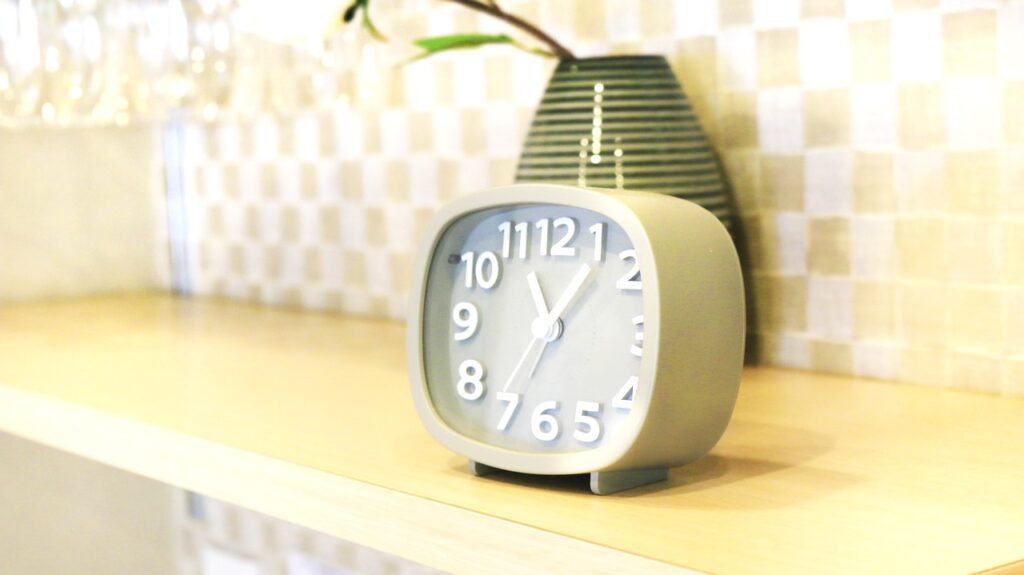
Setting Up the Kitchen Timer
Choosing the Right Timer
When it comes to choosing a kitchen timer, there are a few factors to consider. Firstly, decide whether you prefer a traditional timer or a digital one. Traditional timers are typically simpler to use, while digital timers offer additional features such as countdowns and stopwatches. Consider the size of the timer and whether it can be easily seen and heard in your kitchen. Some timers have magnetized backs or come with stands, making them more versatile. Ultimately, choose a timer that suits your needs and preferences.
Setting the Timer
Once you have your chosen timer, it’s important to know how to set it properly. Most timers have a simple interface with buttons to set the time. Begin by pressing the “set” or “mode” button, then use the arrow buttons to select the desired time. Some timers may also have additional options like choosing between hours and minutes. Once you have set the desired time, press the “start” or “go” button to activate the timer. Double-check that the timer is set correctly before proceeding with your cooking tasks.
Using Multiple Timers
If you have multiple cooking tasks happening simultaneously, using multiple timers can be a game-changer. This allows you to keep track of different cooking times and ensures that nothing gets overcooked or undercooked. Assign each timer to a specific task, whether it’s boiling pasta or baking a cake. Consider using timers with different alarm sounds or colors to make it easier to distinguish between them. By utilizing multiple timers, you can effectively manage your cooking tasks and achieve perfectly cooked meals.
Organizing Cooking Tasks
Creating a Cooking Plan
Before you dive into multiple cooking tasks, it’s crucial to create a cooking plan. This involves determining the sequence in which each dish will be prepared and cooked. Consider the cooking times of each dish and any additional prep work required. A cooking plan helps you visualize the steps involved and ensures that everything runs smoothly. Write down your plan or use a cooking app or spreadsheet to help you stay organized. This not only saves time but also reduces the chances of forgetting a crucial step or ingredient.
Prioritizing Cooking Tasks
Once you have a cooking plan in place, prioritize your cooking tasks based on their urgency and cooking times. Start with dishes that require the longest cooking time. For example, if you’re roasting a chicken and boiling potatoes, start by preheating the oven for the chicken while you peel and chop the potatoes. This way, you can use your time efficiently by multitasking. Additionally, prioritize tasks that require constant attention, such as stirring a risotto, to avoid any mishaps. By prioritizing your cooking tasks, you can manage your time effectively and complete each dish without feeling overwhelmed.
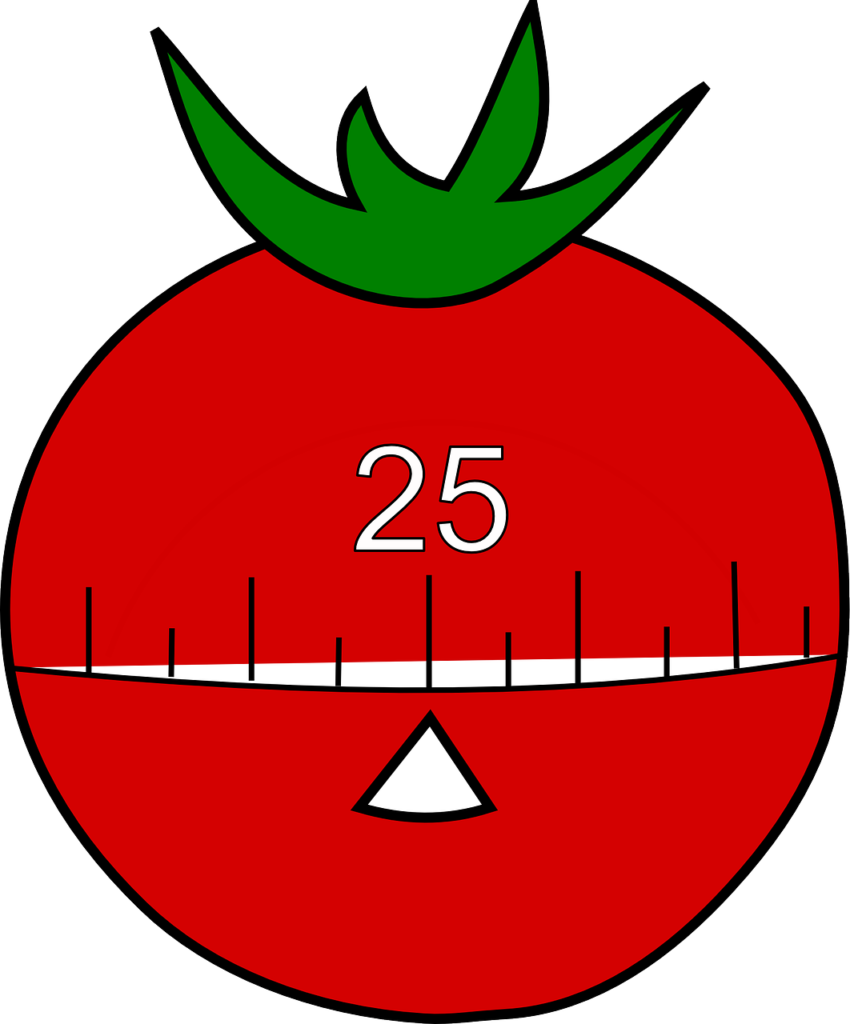
Managing Multiple Cooking Tasks
Using Timers for Simultaneous Cooking
When managing multiple cooking tasks, it’s crucial to use timers effectively. Assign a timer to each dish to ensure that nothing gets overcooked or forgotten. For example, if you’re simmering a soup and sautéing vegetables, use two timers to track the cooking times separately. Set each timer according to the specific cooking time required for each dish. By doing so, you can focus on other tasks without constantly checking on each dish. Timers act as a helpful reminder and allow you to manage your time more efficiently.
Adjusting Timers for Different Cooking Phases
Some dishes have different cooking phases that require specific timing adjustments. Take into account the different stages of cooking, such as preheating, simmering, or broiling. For instance, if you’re baking cookies that need to be rotated halfway through, set a timer for the total baking time and another to remind you to rotate the baking sheet. This ensures that your food cooks evenly and prevents any burnt or undercooked spots. Adjusting timers for different cooking phases helps maintain consistency and improves the overall quality of your dishes.
Optimizing Cooking Time
To make the most of your cooking time, look for opportunities to optimize the process. For example, while waiting for a pot of water to boil, you can take advantage of that time to prep ingredients, preheat your oven, or clean up any messes. By finding efficient ways to utilize the waiting time, you can make significant progress in your cooking tasks. Remember to keep an eye on your timers so that you promptly attend to each dish at the right moment. Optimizing your cooking time maximizes productivity and allows you to complete multiple tasks within a shorter duration.
Utilizing Advanced Timer Features
Using Countdown and Stopwatch Features
Some kitchen timers come with additional features such as countdowns and stopwatches. These features can be especially helpful when it comes to managing cooking tasks that require precise timing. A countdown timer allows you to set a specific duration and tracks how much time is left until it reaches zero. This is useful for baking or marinating tasks that require exact timing. On the other hand, a stopwatch feature helps you track the duration of a task, such as boiling eggs or browning meat. By utilizing these advanced timer features, you can maintain precision in your cooking and achieve optimal results.
Setting Alarms and Reminders
Beyond basic time tracking, timers can serve as alarms and reminders for specific cooking tasks. For example, if you need to check on a slow-cooked stew every hour, set a timer to remind you. This prevents the food from overcooking and ensures that you don’t miss any crucial steps. Additionally, timers can help remind you of tasks outside of the cooking process, such as taking something out of the freezer to defrost or flipping a steak at a specific time. Setting alarms and reminders on your kitchen timer keeps you on track and helps you manage your cooking tasks effectively.
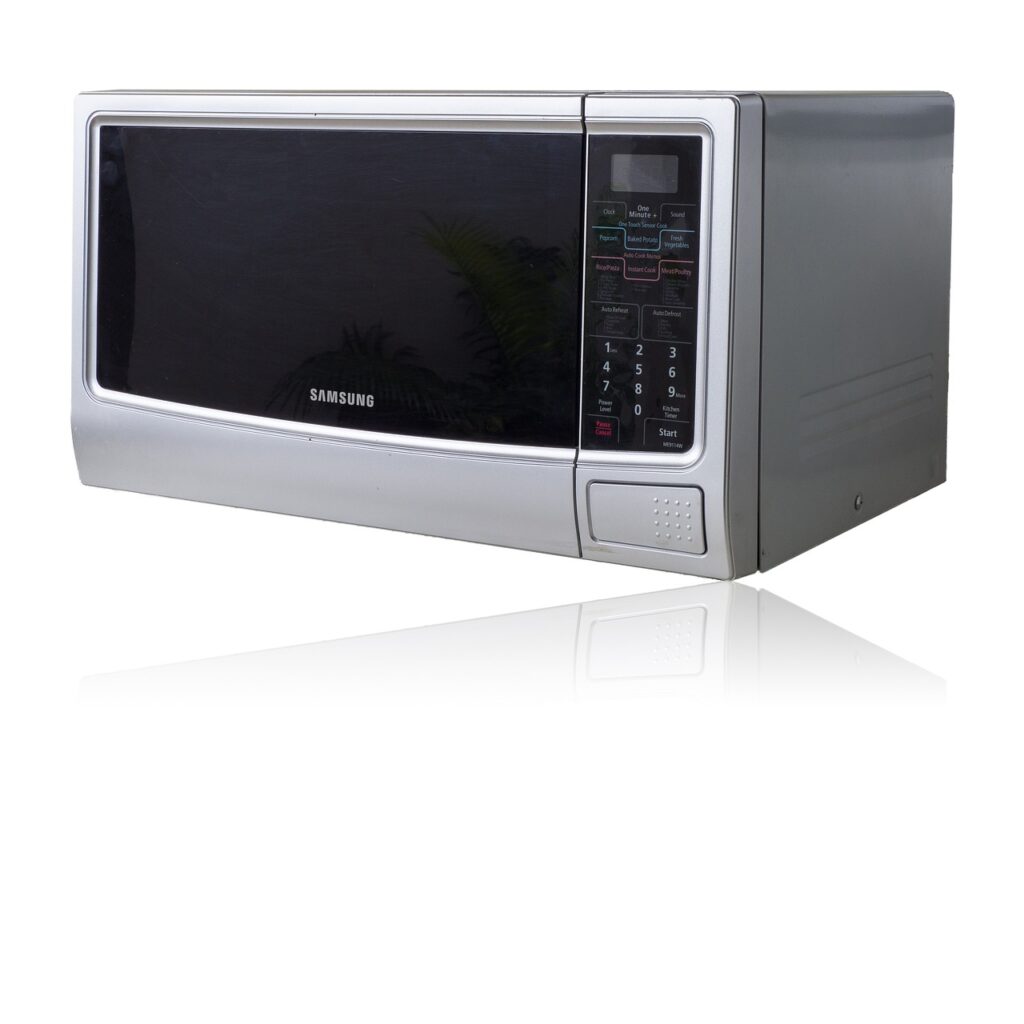
Implementing Time Management Techniques
Batch Cooking
If you frequently find yourself overwhelmed by multiple cooking tasks, consider implementing batch cooking. This technique involves preparing and cooking larger quantities of food in advance, which can save you time and effort in the long run. For example, you can cook a large pot of chili and portion it into containers for future meals. This way, you only need to reheat the chili when you’re ready to eat. Batch cooking allows you to focus on preparing a single dish at a time while still having a variety of meals readily available. It’s an excellent strategy for efficient meal planning and time management.
Prepping in Advance
Another time management technique is to prepare ingredients in advance. Before starting your cooking tasks, spend some time chopping vegetables, measuring spices, and gathering all necessary ingredients. This eliminates the need for constant interruptions while cooking and allows you to focus on the tasks at hand. Use storage containers or resealable bags to keep prepped ingredients fresh until you’re ready to use them. By prepping in advance, you can streamline your cooking process and minimize the time spent on mundane tasks, making the overall experience more enjoyable.
Knowing Cooking Times
One of the keys to effective time management is having a solid understanding of cooking times for different dishes. This knowledge helps you plan your cooking tasks more efficiently and prevents you from under or overcooking your food. Consult recipes, cooking guides, or online resources to familiarize yourself with the approximate cooking times for various ingredients and cooking methods. With practice, you’ll develop a sense of timing and become more adept at managing your cooking tasks effectively. Knowing cooking times is an invaluable skill that allows you to confidently create delicious meals on a consistent basis.
Dealing with Unexpected Issues
Handling Interruptions
No matter how well you’ve planned your cooking tasks, unexpected interruptions can always occur. Whether it’s a phone call, a knock at the door, or a sudden ingredient shortage, it’s important to handle these interruptions efficiently. When faced with an interruption, make a mental note of where you left off and the remaining cooking time for each dish. Pause your timers if necessary and attend to the interruption. When you’re ready to resume cooking, refer to your cooking plan and timers to pick up where you left off. Staying organized and adaptable in the face of interruptions helps you maintain control and keeps your cooking tasks on track.
Making Adjustments
Flexibility is key when managing multiple cooking tasks. If you realize that one dish requires more time than initially planned or that you need to adjust the heat level for another dish, be prepared to make adjustments on the fly. Depending on the situation, you may need to extend or shorten a timer, increase or decrease heat, or adjust cooking methods. Trust your instincts and experience to make informed decisions. The ability to make adjustments ensures that your dishes turn out well and allows you to adapt to any unforeseen circumstances that may arise during the cooking process.
Troubleshooting Timer Problems
Occasionally, you may encounter issues with your kitchen timer, such as malfunctioning buttons or a low battery. It’s essential to troubleshoot these problems to ensure that your timers function correctly. Start by checking the battery level and replacing it if necessary. Clean the timer buttons with a cloth or cotton swab to remove any built-up dirt or debris that may be causing the malfunction. If these steps don’t resolve the issue, consult the user manual or contact the manufacturer for further troubleshooting steps. Having reliable timers is crucial for managing multiple cooking tasks effectively, so it’s worth addressing any problems promptly.
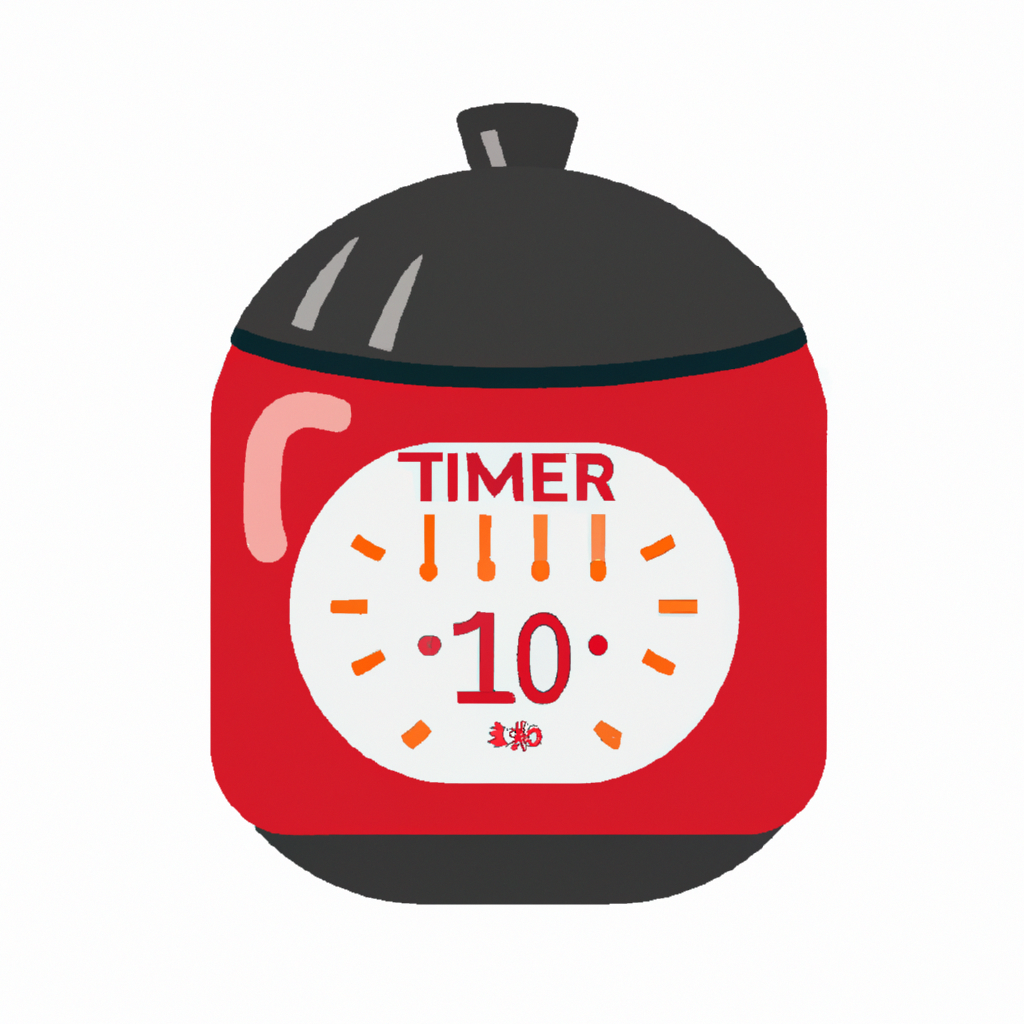
Improving Efficiency in the Kitchen
Streamlining Workflows
Efficiency is key when managing multiple cooking tasks. Streamlining your workflows helps you work faster and more seamlessly. One way to do this is by arranging your work area in a logical order. Keep frequently used utensils and ingredients within easy reach, and have a designated area for tasks such as chopping, prepping, and cooking. This eliminates the need to constantly search for items and minimizes unnecessary movement. Additionally, clean as you go to maintain an organized workspace and prevent clutter from slowing you down. By streamlining your workflows, you can optimize your time in the kitchen and improve overall efficiency.
Utilizing Kitchen Gadgets
Kitchen gadgets can be invaluable in managing multiple cooking tasks. Invest in tools that help save time and effort, such as a food processor for chopping vegetables, an immersion blender for quick pureeing, or a slow cooker for hands-off cooking. These gadgets can significantly reduce the time spent on certain tasks and free you up to focus on other aspects of your cooking. Remember to read the instruction manuals and familiarize yourself with how to use and care for these gadgets properly. Utilizing kitchen gadgets can simplify your cooking process and make managing multiple tasks more seamless.
Minimizing Downtime
Downtime in the kitchen refers to periods when you’re waiting for something to finish cooking, such as food in the oven or water boiling on the stovetop. While downtime is a natural part of cooking, it’s essential to minimize it where possible. Look for tasks that can be accomplished during this time, such as prepping ingredients for the next dish, washing dishes, or tidying up your workspace. This ensures that you’re making the most of every minute and reduces the overall duration of your cooking tasks. Minimizing downtime helps you stay productive and efficient throughout the entire cooking process.
Staying Safe and Hygienic
Practicing Food Safety Measures
When managing multiple cooking tasks, it’s crucial to prioritize food safety. Start by washing your hands thoroughly before handling any ingredients. Use separate cutting boards and utensils for raw and cooked foods to prevent cross-contamination. Cook foods to their recommended internal temperatures to ensure they are safe to eat. Refrigerate leftovers promptly to prevent the growth of harmful bacteria. Regularly clean and sanitize your kitchen surfaces, utensils, and equipment to maintain a hygienic environment. By practicing food safety measures, you can protect yourself and others from foodborne illnesses and create a safe cooking environment.
Maintaining Cleanliness in the Kitchen
A clean and organized kitchen is not only aesthetically pleasing but also crucial for effective cooking. Throughout your cooking tasks, take a few moments to wipe down countertops, clean spills, and discard any food waste promptly. This helps prevent the spread of bacteria and ensures that your workspace remains sanitary. Clean utensils and dishes as you go to avoid clutter and make cleanup easier once you’ve completed your cooking. At the end of your cooking session, give your kitchen a thorough cleaning, including appliances, floors, and surfaces. Maintaining cleanliness in the kitchen promotes a healthy and enjoyable cooking experience.
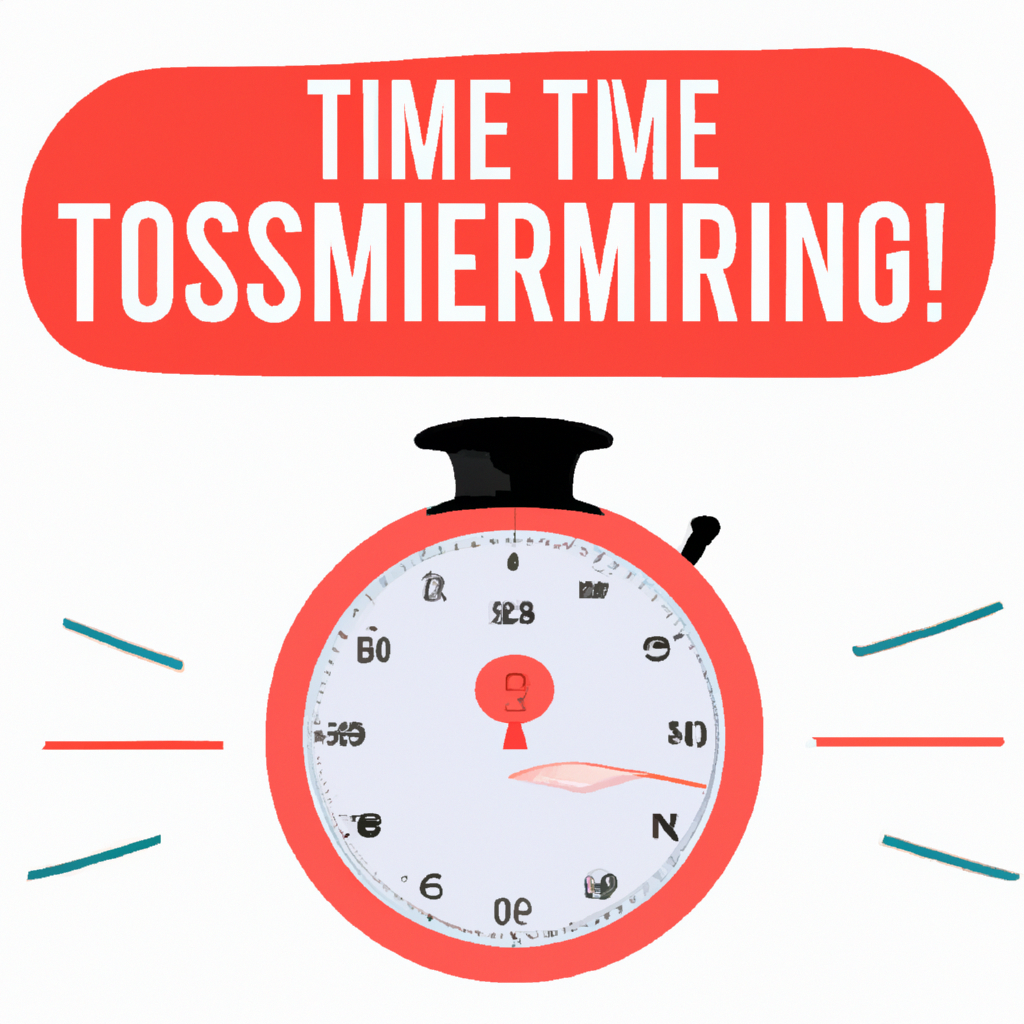
Tips and Tricks for Using Kitchen Timers
Labeling Timers
If you’re using multiple timers for different cooking tasks, consider labeling them. This can be as simple as using a permanent marker to write the name of each dish on the timer. Labeling your timers helps you quickly identify which timer is associated with which cooking task, especially if they have similar sounds or appearances. It eliminates any guesswork and makes it easier to manage your timers effectively.
Using Different Timers for Different Food
To further simplify the management of multiple cooking tasks, use timers with distinct alarm sounds or colors for different foods. For example, you can use a timer with a high-pitched sound for boiling eggs and a timer with a lower tone for baking bread. Alternatively, you can use timers with different LED light colors or personalized ringtones to differentiate between them. Having different timers for different foods adds an extra layer of organization and ensures that you don’t confuse the cooking tasks.
Keeping Timers in Sight
To effectively manage multiple cooking tasks, it’s important to keep your timers within sight. Place them in a visible and accessible location, such as a countertop or a magnetic surface on your refrigerator. This ensures that you can easily see and hear the timers, even if you’re working on another task or moving around the kitchen. Keeping your timers in sight helps you stay on top of your cooking tasks and prevents any missed timers or overcooked food.
Using Smartphone Timer Apps
While kitchen timers are handy tools, smartphone timer apps can also be beneficial in managing multiple cooking tasks. Many cooking apps offer additional features like multiple timers, adjustable alarm sounds, and visual countdowns. These apps allow you to set timers for various cooking tasks simultaneously and customize them to suit your preferences. Additionally, smartphone timer apps can be synchronized with other devices, such as smart speakers or smartwatches, for added convenience. Explore different timer apps and choose one that fits your needs for efficient cooking task management.
Conclusion
Using a kitchen timer effectively is an essential skill for managing multiple cooking tasks. By choosing the right timer, setting it correctly, and utilizing advanced features, you can maintain precise timing and ensure that each dish turns out perfectly. Organizing and prioritizing your cooking tasks, along with implementing time management techniques, helps you work efficiently and complete your cooking with ease. Remember to stay safe and hygienic in the kitchen while employing tips and tricks for using kitchen timers. With practice and the right tools, you can become a master of managing multiple cooking tasks and enjoy delicious and well-cooked meals every time.

